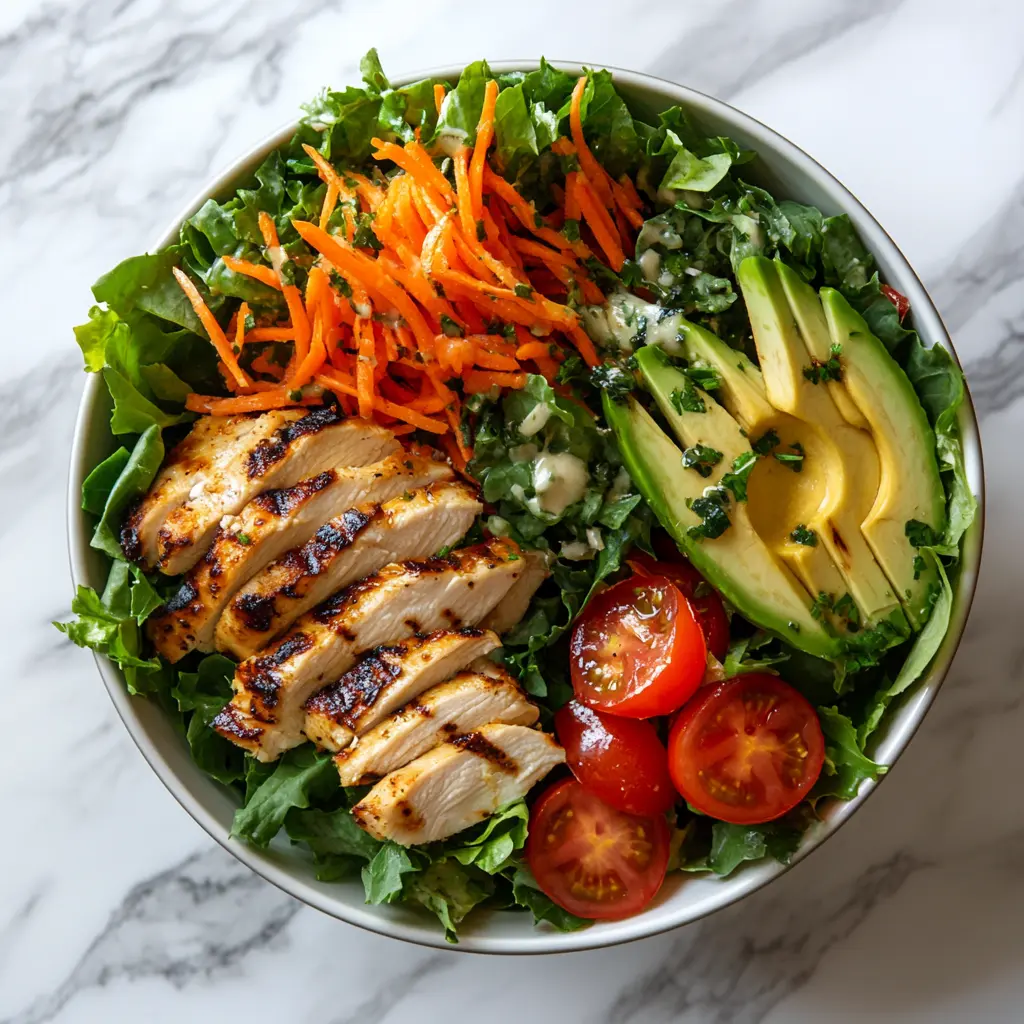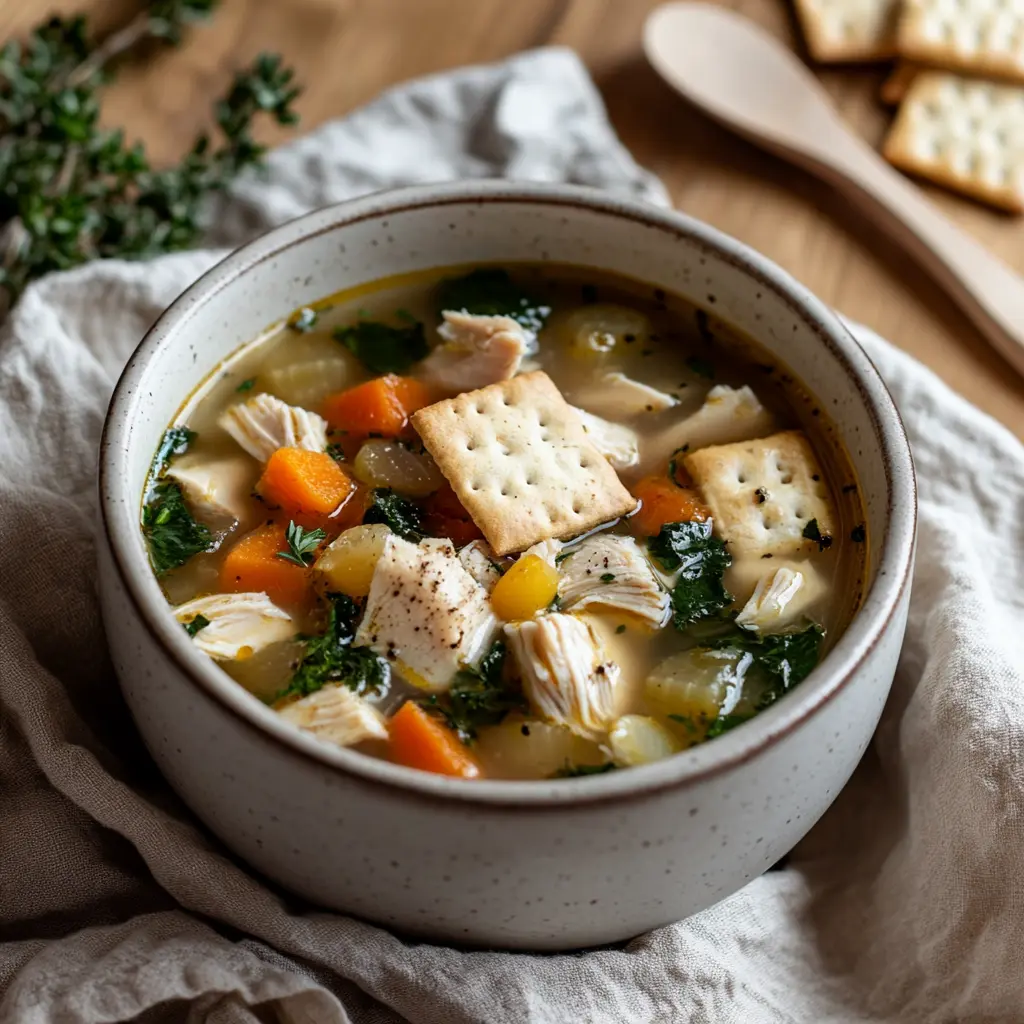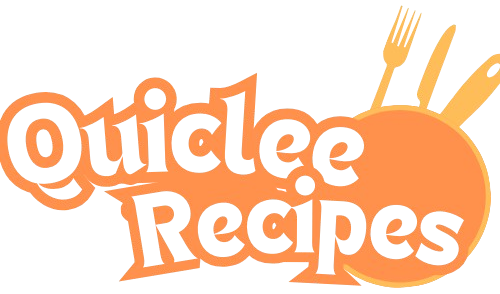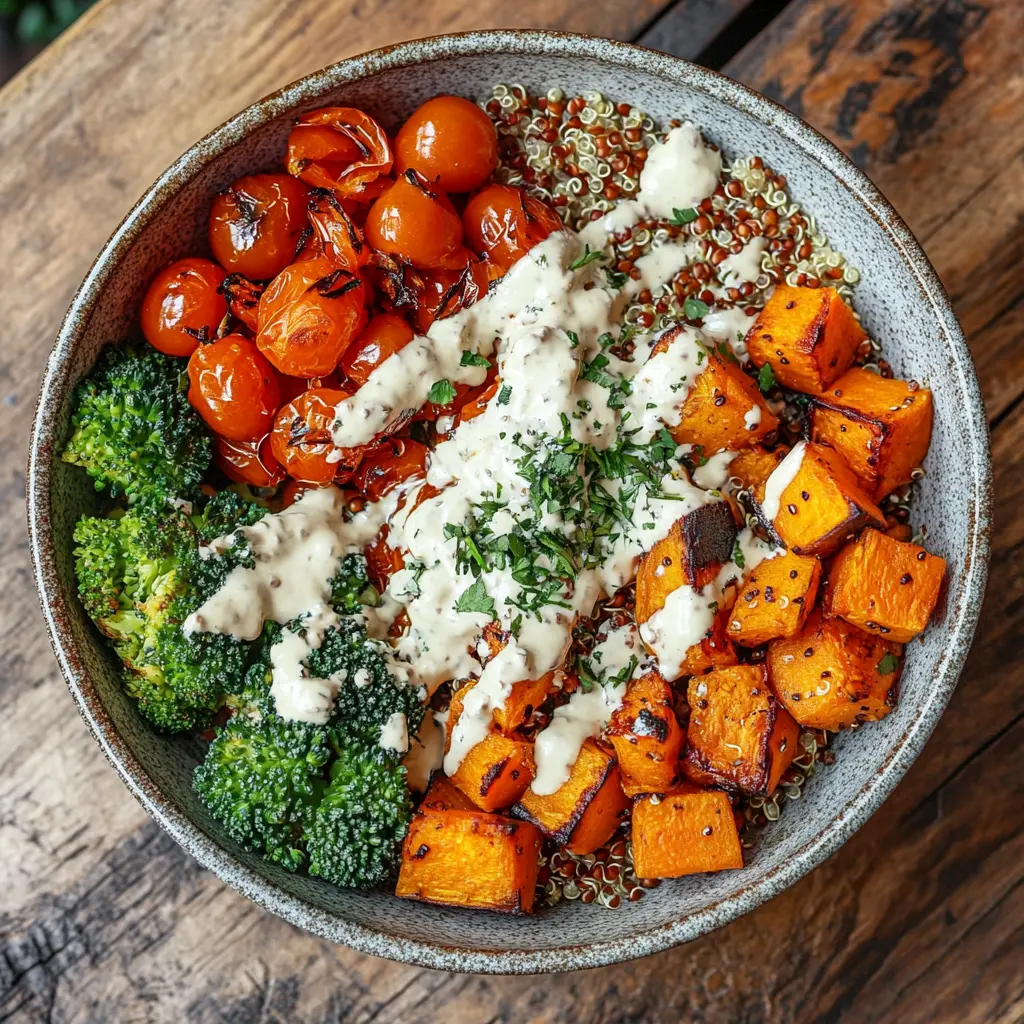Finding the best meal for lunch can feel like a daunting task. Whether you’re balancing a busy schedule, managing dietary preferences, or seeking a nutrient-packed meal to fuel your day, lunchtime decisions matter. This guide explores a variety of delicious, balanced options while considering individual needs and offering practical preparation tips. Let’s dive into what makes a satisfying lunch.
Part 1: Understanding the Importance of a Balanced Lunch
Nutritional Components of an Ideal Lunch
A well-rounded lunch isn’t just about quelling hunger; it’s about energizing your body and mind for the second half of the day. Carbohydrates provide a quick energy boost, while proteins support muscle repair and growth. Don’t overlook the importance of healthy fats, which help you feel satiated, and fiber, which aids digestion. Incorporating fresh vegetables and fruits ensures you’re getting essential vitamins and antioxidants.
To craft an ideal plate, think about the proportions: half should be vegetables or fruits, a quarter should come from lean proteins, and the remaining quarter from whole grains or starches. Balance, after all, is the key to consistency.
Benefits of Eating a Balanced Lunch
Skipping lunch or consuming empty-calorie meals can leave you feeling sluggish and unfocused. On the flip side, a balanced lunch can:
- Boost afternoon productivity and concentration.
- Stabilize blood sugar levels, preventing energy crashes.
- Support long-term health goals, like weight management and improved metabolism.
Imagine a day where you feel vibrant and sharp well into the evening. That’s the power of a good lunch, not just physically but mentally too!
Part 2: Popular Lunch Options and Their Nutritional Profiles
Lunch is an opportunity to refuel and refresh, and there are endless ways to make it delicious, nutritious, and satisfying. By exploring popular lunch choices, you’ll find meals that fit various lifestyles and dietary preferences while keeping your energy levels high. Let’s break down some well-loved options and their benefits.
Salads: A Fresh and Healthy Choice
When it comes to healthy lunch ideas, salads often take center stage. They’re versatile, nutrient-rich, and easy to customize. A salad can range from a light side dish to a hearty main course, depending on the ingredients. To create a balanced salad, include:
- A base of leafy greens like spinach, kale, or romaine, which are high in vitamins A, C, and K.
- Proteins such as grilled chicken, tofu, beans, or hard-boiled eggs for sustained energy.
- Healthy fats like avocado slices, nuts, or olive oil dressing to enhance satiety.
- A variety of vegetables (think bell peppers, cucumbers, or shredded carrots) for added fiber and crunch.
Salads are a go-to for their simplicity, but they’re far from boring. With endless dressing options and add-ins like quinoa or roasted chickpeas, you can keep them exciting day after day.

Sandwiches: Classic and Convenient
Sandwiches have long been a lunchtime staple, and for good reason. They’re portable, quick to prepare, and endlessly customizable. However, not all sandwiches are created equal. To make your sandwich a powerhouse of nutrition:
- Use whole-grain or sprouted bread instead of white bread for added fiber and longer-lasting energy.
- Fill it with lean proteins like turkey, grilled chicken, or plant-based alternatives.
- Add fresh veggies, such as lettuce, tomatoes, and cucumbers, for hydration and crunch.
- Consider spreads like hummus or Greek yogurt-based sauces instead of calorie-laden mayo.
For those avoiding gluten, a wrap or lettuce-based alternative is a fantastic swap. Sandwiches combine convenience with adaptability, making them an all-time favorite for lunch enthusiasts.
Soups: Warm and Nutritious
There’s something incredibly comforting about a warm bowl of soup for lunch. Beyond comfort, soups are an excellent way to pack a variety of nutrients into a single meal. Some great options include:
- Chicken and vegetable soup: Loaded with protein, antioxidants, and hydration.
- Lentil or black bean soup: High in plant-based proteins and fiber, ideal for vegetarians.
- Minestrone: A hearty mix of veggies, beans, and pasta, offering a balanced combination of carbs, protein, and fiber.
The beauty of soup lies in its flexibility—you can create a big batch ahead of time, freeze portions, and enjoy it all week long. Plus, soups often allow you to incorporate seasonal and local produce, adding variety to your menu.

Grain Bowls: Versatile and Filling
Grain bowls are a trendy, satisfying option for those seeking a complete and balanced meal. These bowls typically start with a base of grains like brown rice, quinoa, or farro, offering complex carbohydrates for sustained energy. From there, you can build your bowl with:
- Protein sources such as grilled salmon, chickpeas, or boiled eggs.
- A mix of cooked and raw vegetables for texture and color.
- Toppings like seeds, nuts, or a light dressing to boost flavor and nutrition.
Grain bowls shine because of their modular nature—you can mix and match ingredients based on what’s in your fridge. They’re also easy to pack for work or school, making them ideal for meal prepping.
Balancing Popular Options with Nutrition
Each of these popular lunch options—salads, sandwiches, soups, and grain bowls—has its strengths. The key to making them the best meal for lunch lies in personalization. For example, you can tailor a salad with your favorite seasonal produce or create a grain bowl inspired by global cuisines like Mediterranean or Asian flavors.
By incorporating the principles of balance, variety, and freshness, these meals go beyond mere sustenance. They support your well-being, promote focus, and keep your body fueled for whatever the day brings.
Part 3: Tailoring Lunch Choices to Dietary Needs
Choosing the best meal for lunch becomes even more impactful when tailored to your specific dietary preferences and health goals. Whether you’re boosting energy, managing weight, or following a specific eating plan, there’s a lunch option to fit your lifestyle. Let’s explore how to align lunch with your needs.
High-Protein Lunches for Sustained Energy
Protein is essential for muscle repair, hormone production, and keeping hunger at bay. A high-protein lunch ensures that you stay full longer and avoid the mid-afternoon energy slump. Great high-protein options include:
- Grilled chicken breast served over a quinoa salad with roasted vegetables.
- A lentil and spinach stew packed with plant-based protein and fiber.
- Tuna salad wraps using Greek yogurt instead of mayo for a healthier twist.
Incorporating lean proteins like fish, poultry, eggs, tofu, or legumes into your lunch can make a significant difference in maintaining energy levels throughout the day.
Low-Carb Options for Weight Management
For those aiming to manage their weight or maintain steady blood sugar levels, low-carb lunches can be a game-changer. These meals focus on reducing refined carbohydrates while emphasizing proteins, healthy fats, and vegetables. Try these ideas:
- Zucchini noodles with pesto, cherry tomatoes, and grilled shrimp.
- A lettuce wrap taco filled with seasoned ground turkey, avocado, and salsa.
- A cobb salad loaded with boiled eggs, turkey, avocado, and a light vinaigrette.
Low-carb lunches are not only filling but can also help improve concentration and prevent energy crashes.
Plant-Based Meals for Vegetarians and Vegans
Plant-based lunches offer a wealth of nutrients from vegetables, legumes, and whole grains. They’re also great for supporting heart health and reducing environmental impact. Some creative options include:
- Chickpea and quinoa bowl with roasted sweet potatoes, spinach, and tahini dressing.
- Vegetarian sushi rolls filled with avocado, cucumber, and carrots.
- A vegan Buddha bowl featuring brown rice, tofu, broccoli, and a peanut sauce drizzle.
Don’t be afraid to experiment with spices and sauces to make plant-based lunches as flavorful as they are nutritious.
Gluten-Free Lunches for Those with Sensitivities
For individuals with gluten sensitivities or celiac disease, choosing gluten-free lunch options is essential. Thankfully, there’s no shortage of delicious meals that avoid wheat and other gluten-containing ingredients. Some ideas are:
- Stuffed bell peppers with a mixture of ground turkey, rice, and vegetables.
- Gluten-free pasta salad tossed with cherry tomatoes, basil, and olive oil.
- A cauliflower crust pizza topped with marinara sauce, fresh spinach, and mozzarella.
Going gluten-free doesn’t have to be limiting—these meals are proof that variety and flavor are still on the table.
How to Find Your Perfect Fit
Tailoring your lunch starts with knowing your goals. Do you want to feel energized, support muscle recovery, or simply enjoy a light yet satisfying meal? Combining your dietary preferences with a touch of creativity will make lunchtime exciting and fulfilling.
Moreover, adapting your lunch to dietary needs doesn’t have to mean extra effort. Many recipes and ingredients are interchangeable, making it easy to prepare meals that check all the boxes. The trick is to prioritize whole foods and experiment with textures and flavors that suit your taste.
By aligning your lunch choices with your lifestyle, you create meals that not only nourish your body but also spark joy and satisfaction. Whether it’s protein-packed, plant-based, or low in carbs, your tailored lunch can be a delicious step toward better health.
Part 4: Practical Tips for Preparing the Best Lunch
Even the most delicious lunch ideas can feel out of reach if preparation seems too time-consuming or expensive. The good news? With a few practical tips, you can craft balanced, tasty meals without breaking the bank or spending hours in the kitchen. Let’s explore how to make lunchtime effortless and enjoyable.
Meal Planning and Preparation Strategies
A little planning goes a long way when it comes to enjoying a nutritious lunch. Here’s how to simplify the process:
- Plan your meals for the week: Spend a few minutes listing out lunch ideas and ingredients before grocery shopping. This prevents mid-week decision fatigue.
- Batch cooking: Prepare large portions of staples like grilled chicken, roasted vegetables, or quinoa that you can mix and match throughout the week.
- Use leftovers creatively: Last night’s roasted salmon can transform into today’s grain bowl, while extra curry works perfectly as a soup base.
Keeping your fridge stocked with prepped ingredients makes assembling lunches a breeze, even on your busiest days.
Incorporating Seasonal and Local Ingredients
Seasonal and locally-sourced ingredients not only taste better but also tend to be more affordable and nutrient-dense. Here’s why you should consider going local:
- Freshness: Seasonal produce is harvested at its peak, meaning better flavor and nutritional value.
- Variety: Rotating your meals around the season’s harvest encourages creativity and diversity in your diet.
- Cost savings: Local ingredients are often less expensive because they don’t involve long-distance transportation.
For instance, during summer, a salad with fresh berries, spinach, and grilled chicken is a vibrant choice, while fall calls for comforting soups made with butternut squash or kale.
Budget-Friendly Lunch Ideas
Eating well doesn’t have to cost a fortune. Try these budget-friendly strategies:
- Opt for versatile staples like beans, rice, and frozen vegetables—they’re nutritious and cost-effective.
- Buy in bulk to save on items like quinoa, nuts, and whole grains.
- Prepare simple meals like veggie-packed stir-fries or lentil soups that stretch your ingredients while staying affordable.
With these tips, you’ll find that eating the best meal for lunch isn’t just a health win but also a time and money saver. Small steps like planning ahead, shopping smart, and using seasonal ingredients will turn lunchtime into a stress-free, delicious experience.
Frequently Asked Questions (FAQs)
What are some quick and healthy lunch ideas?
Quick and healthy lunches are all about simplicity and balance. A grain bowl with quinoa, roasted vegetables, and grilled chicken is easy to assemble and packed with nutrients. Alternatively, try a wrap filled with hummus, spinach, and lean turkey, or a classic avocado toast topped with a poached egg for an energy-boosting meal.
How can I make my lunch more filling?
To make your lunch more filling, focus on incorporating protein, healthy fats, and fiber. Add a boiled egg or some grilled tofu to your salad, or include avocado and nuts in your grain bowl. Whole-grain carbs like quinoa or brown rice are great for sustaining energy and keeping hunger at bay.
What are good vegetarian lunch options?
Vegetarian lunches can be both satisfying and nutrient-rich. Consider meals like a chickpea and vegetable stir-fry, a lentil and spinach stew, or a hearty Buddha bowl with roasted sweet potatoes, black beans, and tahini dressing. The key is to include plant-based proteins like legumes, tofu, or quinoa.
How can I ensure my packed lunch stays fresh?
To keep your lunch fresh, use insulated lunch bags or containers with ice packs. Store dressings or sauces separately and add them just before eating to prevent sogginess. For sandwiches, wrapping them in parchment paper helps maintain their texture without trapping excess moisture.
What are some low-calorie lunch ideas?
For low-calorie lunches, opt for meals that are high in volume but low in calories. A spinach and arugula salad with grilled shrimp, a vegetable soup with a side of whole-grain crackers, or zucchini noodles with marinara and roasted vegetables are all light yet satisfying options.
Can I meal prep for the week without getting bored?
Absolutely! Meal prep doesn’t have to mean eating the same thing every day. Prepare versatile ingredients like roasted vegetables, grains, and proteins that you can mix and match. For example, roasted chicken can be a sandwich filling one day and a grain bowl topping the next.
Conclusion
Choosing the best meal for lunch means finding a balance between nutrition, flavor, and convenience. Whether you’re enjoying a fresh salad, a hearty soup, or a protein-packed sandwich, there’s a lunch option for every lifestyle and preference. By planning ahead, embracing variety, and tailoring meals to your needs, lunchtime becomes a moment to recharge and nourish both body and mind.

